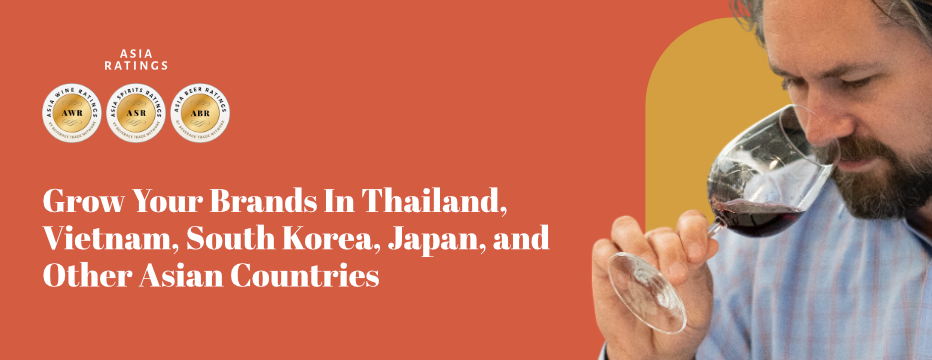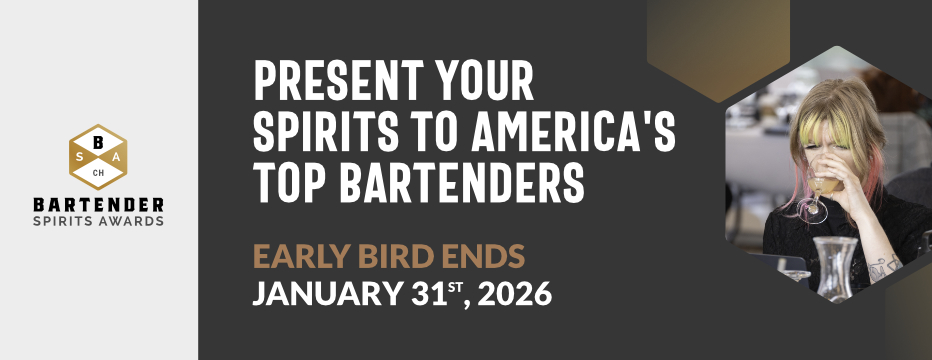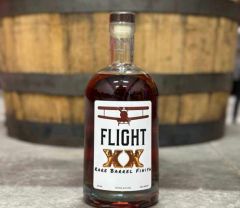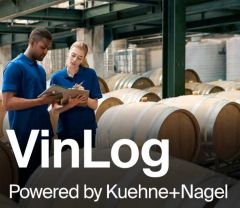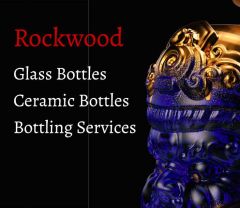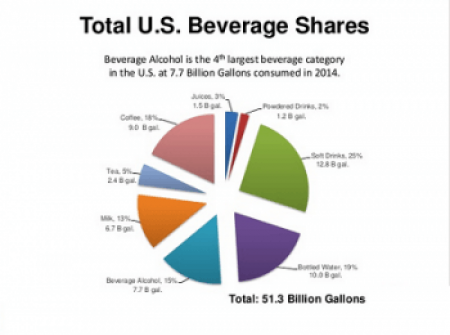Sommeliers Choice Awards 2025 Winners
How To Grow Your Wine, Spirit Or Beer Brand Locally And Via Internet?
BTN writes about how wineries, distilleries, importers and craft breweries can grow their brands locally and how you can use internet to create the demand for your brand.
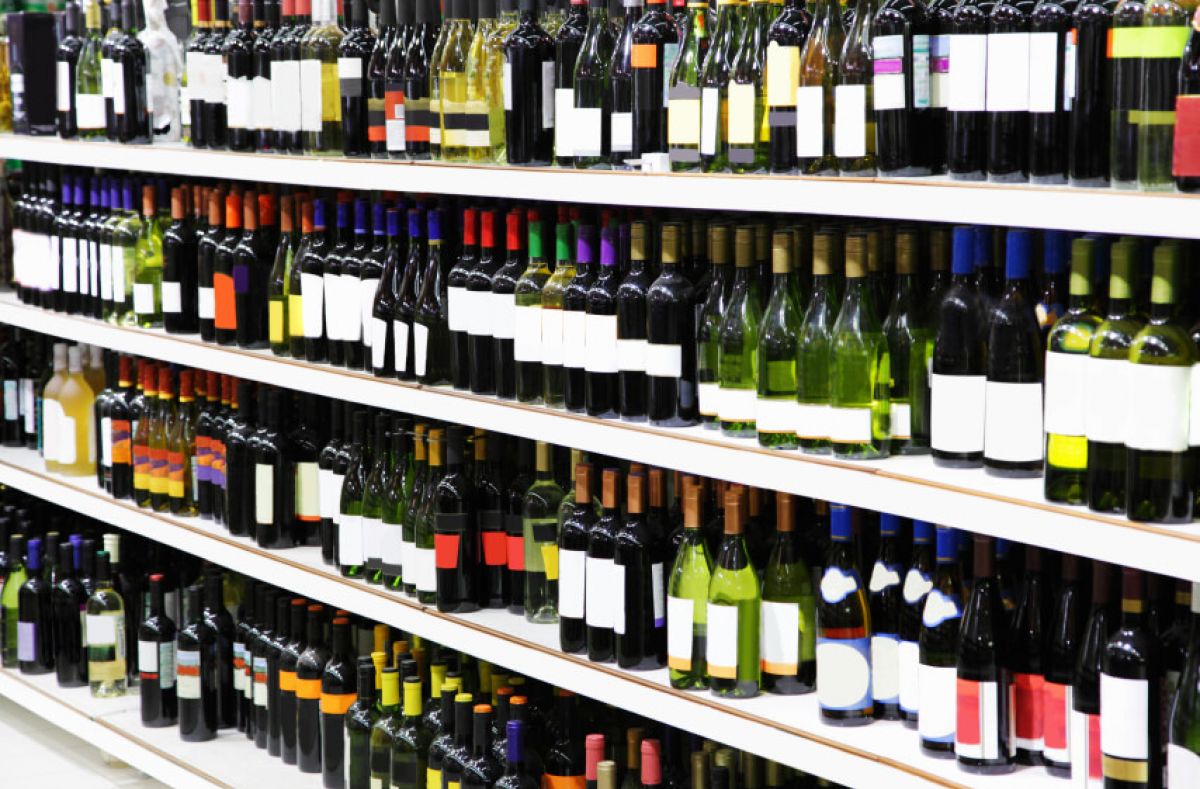
Grow Your Brands Locally
There are some shoppers who prefer the online shopping experience and may prefer to buy Craft Brewery and Artisan Winery products online. They don’t have the time or interest in visiting retail brick-and-mortar locations, and think they’re always getting the best price (this may not be the case for purchasing beer or wine).
Beer and wine deals at retail can be better, because many deals are featured “in-store”, not online. Plus, only 30 states allow direct shipment of beer and wine to consumer homes today, so some states cannot participate.
Then again, there are far more local beer and wine shoppers who do their research online but who prefer to make their purchase from a local shop. National brand marketers know the importance of online marketing. Almost 97 percent of craft beer and artisan wine consumers now use online media when researching products or services in their local area.
1. Start by seeding your company information in all the local business listing sites. Review your Google+ Local page, and claim it if you haven’t already done so. Make sure your breweries or winery’s brand information is consistent on local Chamber of Commerce websites and other business listings websites.
2. Next, access your website as if you were a local customer. How would you find out about your brand? What search terms would you use in Google or Bing? What would you want to see on a local beer/wine distributor or retailer’s website? What makes them stand out?
It starts with how a potential customer might find you, and here is where Google Adwords can help. The national website you have used may try to underbid you on terms such as price or package size, but consumers scan beat them on the local front by claiming terms like best price in area or most craft beer and/or artisan wine offerings. More and more consumers are including a local destination in their search terms. They want to “buy local.”

Have a look at the above image we have while we performed real search. We searched few brands but were surprised to see even some national brands did not come up like the way they should. We finally found what we wanted to show you. See how YellowTail wine has created their store locater page and how it helps them. Look at our search term "where can i buy yellow tail wine in delaware'. Not only I go via their official website helping the brand owner "connect" with the brand but also have a trusted resource I can rely on as a end consumer. Tip: Keep the title "Where To Buy" as we can see it works.
3. Get hyper-local. You’re going up against much larger mega-brewers and full scale wineries. You want to be the leader in your town and found online whenever people search for your top beer or wine brands within a specific geographic radius of your brewery and/or winery. You want to make sure your brewery’s/winery’s brand is represented at the top of the page in both the paid ads and organic search results.
4. Turn your local presence and connection to your unique business community into an asset. The mega-brewers or large wineries just can’t match that.
On your website, include logos of local organizations you belong to (e.g., Better Business Bureau, local Chamber, Brewers Association, State Brewers Guilds, State Winery Associations, Craft Beer Road Trips, Wine Trails, etc.) and charities/events you support. List the local brewing and/or wine magazine awards you’ve won and promote upcoming events you’re sponsoring.
5. Employ messaging along the lines of "We're the Chicago solution for brewing and bottling great craft beers" or “We grow the best tasting Riesling grapes at our New York Vineyard” or “We own the 608!” Be sure your website has your phone number clearly showing your local area code, in addition to your street address and location on a map. If you serve multiple cities and suburbs, show them on a larger map and spell them out. (include the same strategy on your twitter and facebook profiles - like shown here for Chicago Beer Company)
6. Establish your social media channels (Facebook, Twitter, Pin It, YouTube, etc.) and link to them from your website. Use those outlets to promote events in your market where you source customers – beer and wine festivals, Food and Wine tastings, charity events, grocery/liquor store events, for etc. Getting others to repost or retweet your content helps extend your reach.
7. Gain local brand exposure and position your beer and wine brands. You know what your top-selling products and core brands are. Leverage that information when bidding on search terms and creating display (banner) ads.
8. Get focused. Don’t be worried about marketing all of your products. Your biggest, high-margin brands should be an emphasis within your marketing and website content.
9. To create a seamless transition when a prospect clicks on an ad, direct them to a specific landing page on your website that highlights the brand or product promoted in the ad. That’s better than just sending every click to your homepage. It’s not that difficult to create multiple landing pages within your greater web architecture. Make sure landing pages have clear images and crisp, informative text. Include a form to capture prospect information for quick follow-up with a telephone call or email.
10. Concentrate on areas where you have a chance to win based on your market and the brand relationships you have. You may not carry all craft beer and/or artisan wine brands, or even kegs, but you can be the leading seller of specific products from top brands in your market. Include messaging along the lines of “We focus on Ales of Distinction” or “You won’t find a better selection of Red Blends In Napa Valley” or “We only sell Lagers!”
11. Consistent with your overall integrated marketing plan, make sure that your website highlights your unique selling proposition (USP) and market validations. Focus on what makes you unique (e.g., in business over 25 years, largest selection of craft beer in Portland, etc.) and cultivate a positive customer experience that includes how you sell and what you sell.
Be concise. Try something along the lines of “Why choose us?” followed with bullet points emphasizing your services/specialties, such as: Dedicated to European brewing techniques and principles, painstaking quality control, and intent listening to our customers. We offer a “Try and Buy” program, with free samples of any product we have in our tanks.
12. Keep in mind that as a visual medium, websites should incorporate high-quality images. Display your top beers and wines with good, clean glass images. You don’t need to show all beer styles or wine varietals, but at least include the top five in terms of importance to your business.
Think video. These days, online videos are also easy and inexpensive to produce. Develop some video testimonials from real, local clients and embed them on your website. You can also set up a YouTube channel for another organic lift in online visibility. Keep the videos relatively short, and don’t just repeat the same selling points over and over. Have each video highlight a customer’s satisfaction with a different aspect of your business (beer, food, wearable’s or service). Finally, make sure your online marketing partner is a Google Premier Small Business (SMB) Partner.
13. National grocery-drug chains like Whole Foods, Kroger, Costco and Walgreens can make or break a small beer or wine brand. They are difficult to secure the corporate authorization.
They market heavily online. Some now offer deliveries to your homes. The key for the brand owner is get electronically connected to the beer and wine buyers, and provide incomparable service and superior quality in product, packaging and price. You need to perfect your market locally before you try to market nationally.
Remember, your chance to win new customers away from mega-breweries and full scale wineries is with a cunning, guile and very effective, targeted interactive weapon.
You can do the same with your online marketing battle plan that is designed to push Mega-Brewers and large Wineries out of your local market, today.

